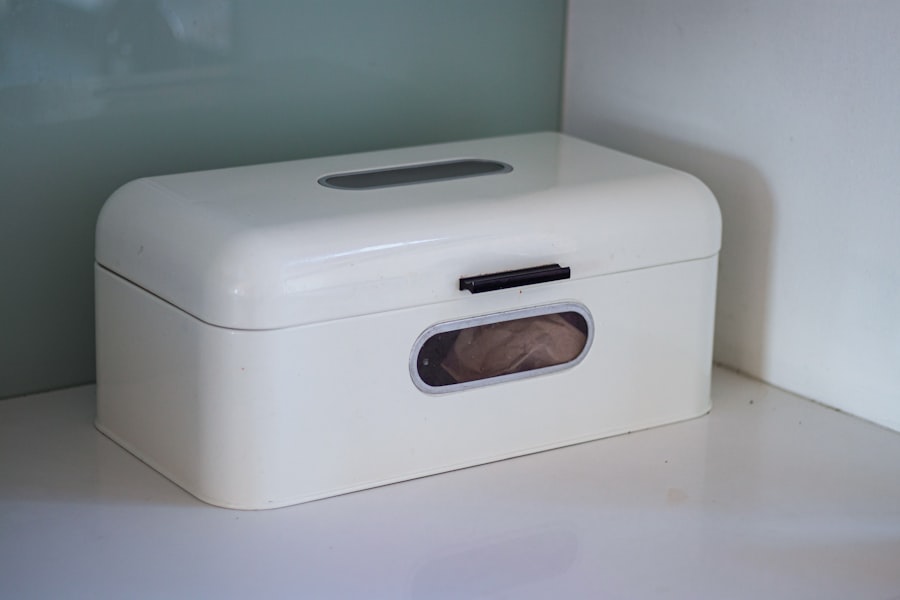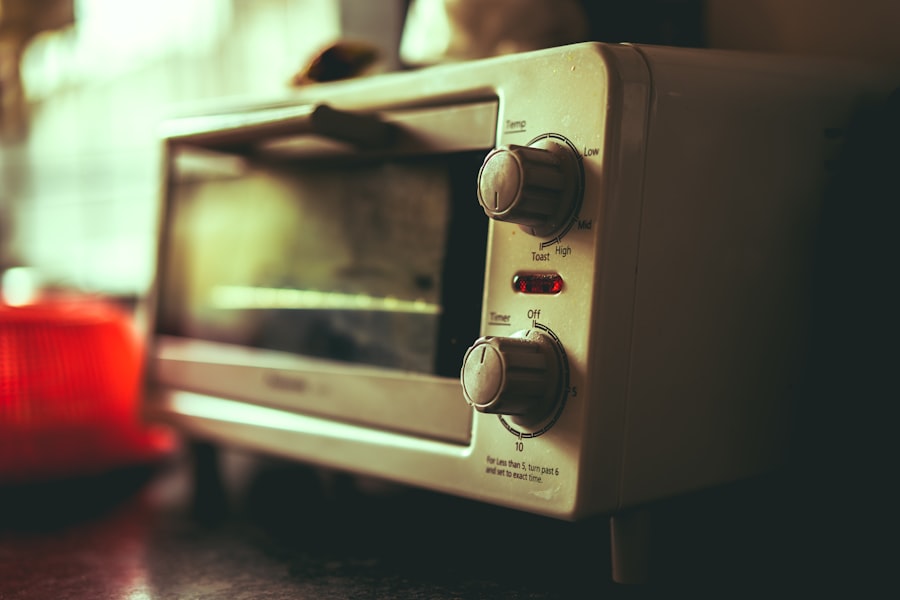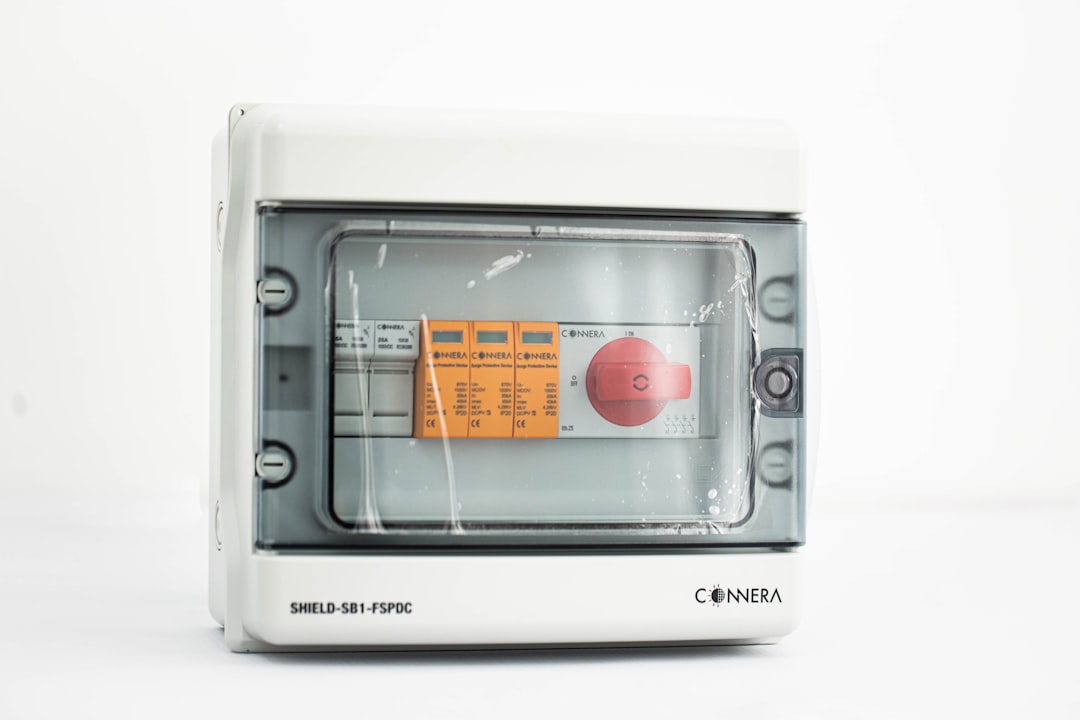The journey of microwave technology began in the early 20th century, rooted in the scientific exploration of electromagnetic waves. In 1888, Heinrich Hertz first demonstrated the existence of radio waves, laying the groundwork for future innovations. This discovery sparked interest among scientists and engineers, leading to further research into the properties and applications of these waves.
By the 1920s, researchers were experimenting with microwaves, which are a specific subset of radio waves, to understand their potential uses in communication and heating. As the decades progressed, the military began to recognize the strategic advantages of microwave technology. During World War II, radar systems utilizing microwaves were developed to detect enemy aircraft and ships.
This advancement not only showcased the capabilities of microwaves but also prompted further investigation into their heating properties. It was during this time that the stage was set for a revolutionary breakthrough in cooking technology, one that would change how people prepared food forever.
Key Takeaways
- Microwave technology originated from the development of radar during World War II.
- Percy Spencer played a crucial role in inventing the microwave oven after noticing a melted candy bar in his pocket while working with radar equipment.
- The invention of the first microwave oven revolutionized kitchen technology, making cooking faster and more convenient.
- Understanding the science behind microwave ovens involves the use of electromagnetic waves to heat and cook food.
- The microwave oven has had a significant impact on food preparation and cooking, leading to changes in culinary culture and the way people approach meal preparation.
The Role of Percy Spencer in Inventing the Microwave Oven
Percy Spencer, an engineer working for Raytheon, played a pivotal role in the invention of the microwave oven. His journey into this groundbreaking innovation began in 1945 when he was conducting experiments with magnetrons, devices that generate microwaves for radar systems. One day, while working on a magnetron, Spencer noticed that a candy bar in his pocket had melted.
This unexpected observation sparked his curiosity about the heating properties of microwaves and led him to conduct further experiments. Spencer’s relentless pursuit of knowledge resulted in the first practical application of microwave technology for cooking. He designed a metal box that could contain microwaves and experimented with various food items, including popcorn kernels and eggs.
His success in heating food quickly and efficiently led to the development of the first microwave oven prototype. In 1947, Raytheon filed a patent for this revolutionary appliance, marking a significant milestone in culinary history.
The First Microwave Oven: A Game-Changer in Kitchen Technology

The introduction of the first commercial microwave oven, known as the Radarange, in 1947 marked a turning point in kitchen technology. Initially, these ovens were large and expensive, primarily used in restaurants and commercial kitchens. However, their ability to cook food rapidly and evenly captured the attention of chefs and home cooks alike.
The Radarange utilized microwave radiation to heat food from the inside out, a method that was not only efficient but also retained more nutrients compared to traditional cooking methods. As time went on, manufacturers began to recognize the potential for microwave ovens in residential kitchens. By the 1960s, smaller and more affordable models became available to consumers, making them accessible to a broader audience.
This shift transformed cooking habits, as families embraced the convenience of quickly reheating leftovers or preparing meals in a fraction of the time it took with conventional ovens. The microwave oven quickly became a staple appliance in households across America and beyond.
How Microwave Ovens Work: Understanding the Science Behind the Invention
| Component | Function |
|---|---|
| Magnetron | Generates microwaves |
| Waveguide | Directs microwaves into the cooking chamber |
| Turntable | Rotates food for even cooking |
| Control Panel | Allows user to set cooking time and power level |
| Cooking Chamber | Encloses the food and microwaves for cooking |
To appreciate the microwave oven’s impact on cooking, it’s essential to understand how it works. At its core, a microwave oven generates electromagnetic waves through a component called a magnetron. These waves oscillate at a frequency of about 2.45 gigahertz, which is particularly effective at agitating water molecules found in food.
When you place food inside the oven and turn it on, these microwaves penetrate the food and cause water molecules to vibrate rapidly. This rapid vibration generates heat through friction, effectively cooking or reheating the food from within. Unlike conventional ovens that rely on hot air to transfer heat, microwave ovens provide a more direct method of heating.
This unique approach not only reduces cooking times but also helps preserve moisture and flavor in many dishes. Understanding this science can enhance your appreciation for this remarkable kitchen appliance and its ability to revolutionize meal preparation.
The Impact of the Microwave Oven on Food Preparation and Cooking
The microwave oven has had a profound impact on food preparation and cooking practices worldwide. Its introduction changed how people approached meal planning and cooking routines. With the ability to heat food quickly, busy families found themselves with more time to spend together rather than slaving over a hot stove for hours.
The convenience offered by microwave ovens allowed for greater flexibility in meal preparation, enabling you to defrost frozen items or reheat leftovers with ease. Moreover, the microwave oven has influenced culinary creativity by encouraging experimentation with new recipes and cooking techniques. You can now prepare dishes that were once considered time-consuming or labor-intensive in a fraction of the time.
From steaming vegetables to baking potatoes, the versatility of microwave ovens has expanded your culinary repertoire significantly. As a result, many home cooks have embraced this technology as an essential tool in their kitchens.
The Evolution of Microwave Oven Design and Functionality

Over the years, microwave ovens have undergone significant design changes and improvements in functionality. Early models were bulky and often lacked user-friendly features. However, as technology advanced, manufacturers began to focus on creating sleeker designs that would fit seamlessly into modern kitchens.
Today’s microwave ovens come in various sizes and styles, from compact countertop models to built-in units that blend with cabinetry. In addition to aesthetic improvements, functionality has also evolved dramatically. Modern microwave ovens often include features such as pre-programmed cooking settings for specific foods, sensor cooking technology that adjusts cooking times based on moisture levels, and even convection capabilities that allow for browning and crisping.
These advancements have made it easier than ever for you to achieve perfect results with minimal effort.
Microwave Oven Safety: Understanding the Risks and Precautions
While microwave ovens offer numerous benefits, it is essential to understand safety considerations associated with their use. One primary concern is the potential for uneven heating, which can lead to hot spots in food that may not be adequately cooked. To mitigate this risk, it is advisable to stir or rotate food during cooking and allow it to rest for a few moments before consuming it.
Another safety aspect involves using appropriate containers when microwaving food. Not all materials are safe for microwave use; some plastics can release harmful chemicals when heated, while metal containers can cause sparks or fires. Always check labels for microwave-safe symbols and opt for glass or ceramic dishes when possible.
By following these precautions, you can enjoy the convenience of your microwave oven while minimizing any potential risks.
The Microwave Oven’s Influence on Modern Culinary Culture
The microwave oven has significantly influenced modern culinary culture by reshaping how people view cooking and meal preparation. In an age where convenience is paramount, this appliance has become synonymous with quick meals and fast-paced lifestyles. As a result, many individuals have adopted a more casual approach to cooking, often prioritizing speed over traditional techniques.
Moreover, the rise of ready-to-eat meals and frozen foods can be attributed to the widespread use of microwave ovens. Food manufacturers have capitalized on this trend by creating products designed specifically for microwave preparation, catering to busy consumers seeking quick solutions without sacrificing taste or quality. This shift has not only changed how you cook but also how you think about food itself—transforming it into something that can be prepared in minutes rather than hours.
The Global Adoption of Microwave Ovens in Homes and Restaurants
The global adoption of microwave ovens has been remarkable since their inception. Initially popularized in North America, these appliances quickly gained traction in households around the world due to their convenience and efficiency. Today, you can find microwave ovens in kitchens across continents—from bustling urban apartments to rural homes—demonstrating their universal appeal.
In addition to residential use, restaurants have also embraced microwave technology as a means of streamlining operations and enhancing service speed. Many establishments utilize microwaves for reheating pre-prepared dishes or quickly cooking certain items without compromising quality. This widespread adoption reflects not only the practicality of microwave ovens but also their ability to adapt to various culinary environments.
Innovations in Microwave Oven Technology: From Convection to Smart Features
As technology continues to advance, so too does the functionality of microwave ovens. One notable innovation is convection cooking, which combines traditional microwave heating with hot air circulation for even browning and crisping—ideal for baking or roasting dishes that require a crispy exterior. This feature allows you to enjoy the benefits of both cooking methods without needing multiple appliances.
Furthermore, smart technology has begun to infiltrate the world of microwave ovens as well. Many modern models now come equipped with Wi-Fi connectivity and smartphone apps that allow you to control your oven remotely or access recipes tailored specifically for your appliance. These innovations not only enhance convenience but also provide you with greater control over your cooking experience.
The Future of Microwave Oven Technology: Advancements and Potential Developments
Looking ahead, the future of microwave oven technology appears promising as researchers continue to explore new possibilities for enhancing performance and efficiency. One area of focus is improving energy efficiency through advanced materials and designs that minimize energy consumption while maximizing cooking power. Additionally, there is potential for further integration with smart home systems, allowing you to synchronize your microwave with other appliances for seamless meal preparation experiences.
Imagine being able to preheat your oven while your microwave defrosts ingredients—all controlled from your smartphone or voice-activated assistant. As advancements continue to unfold, it’s clear that microwave ovens will remain an integral part of modern kitchens for years to come—adapting to meet your evolving needs while continuing to revolutionize how you prepare meals.
The invention of the microwave oven is a fascinating story that dates back to the mid-20th century. It was an accidental discovery by Percy Spencer, an engineer working with radar technology during World War II. While experimenting with a magnetron, he noticed that a chocolate bar in his pocket had melted, leading him to explore the potential of microwave energy for cooking. This serendipitous event eventually led to the development of the first microwave oven. For more intriguing facts and stories about everyday inventions, you can check out a related article on the topic by visiting this page.
FAQs
What is the history of the microwave oven?
The microwave oven was invented by Percy Spencer, an American engineer, in 1946. He discovered the heating effect of microwaves while working on radar technology during World War II.
How did Percy Spencer invent the microwave oven?
While working with radar equipment, Percy Spencer noticed that a candy bar in his pocket had melted. This led him to experiment with microwaves and eventually develop the first microwave oven.
When was the first microwave oven introduced to the public?
The first commercial microwave oven, the Radarange, was introduced in 1947 by Raytheon. It was initially used in restaurants and other commercial settings.
When did microwave ovens become popular in households?
Microwave ovens became popular in households during the 1970s as their prices decreased and their convenience and time-saving benefits became more widely recognized.
How do microwave ovens work?
Microwave ovens work by using microwaves to heat and cook food. The microwaves cause water molecules in the food to vibrate, generating heat and cooking the food quickly and efficiently.
